Decarbonization Initiatives
Decarbonization initiatives across Europe are significantly influencing the hydrogen energy-storage market. Governments are implementing stringent regulations to reduce carbon emissions, which has led to increased investments in hydrogen technologies. The European Commission's Green Deal aims to make Europe the first climate-neutral continent by 2050, which necessitates a shift towards hydrogen as a clean energy carrier. In 2025, investments in hydrogen projects are projected to exceed €30 billion, indicating a robust commitment to this transition. The hydrogen energy-storage market is poised to benefit from these initiatives, as hydrogen storage solutions are integral to achieving decarbonization goals.
Public Awareness and Acceptance
Public awareness and acceptance of hydrogen as a clean energy solution are increasingly influencing the hydrogen energy-storage market. As educational campaigns and media coverage highlight the benefits of hydrogen, public perception is shifting positively. In 2025, surveys indicate that approximately 70% of the European population supports the use of hydrogen for energy storage and transportation. This growing acceptance is likely to encourage policymakers to prioritize hydrogen initiatives, further stimulating the hydrogen energy-storage market. The alignment of public sentiment with governmental objectives can create a conducive environment for investment and innovation in hydrogen technologies.
Rising Demand for Renewable Energy
The increasing demand for renewable energy sources in Europe is a pivotal driver for the hydrogen energy-storage market. As countries strive to meet ambitious climate targets, the integration of hydrogen as a storage medium for excess renewable energy becomes essential. In 2025, renewable energy accounted for approximately 40% of the total energy mix in Europe, highlighting the urgency for effective storage solutions. Hydrogen energy-storage systems can store surplus energy generated from wind and solar sources, thus facilitating a more stable energy supply. This trend is likely to continue, as the European Union aims for a 55% reduction in greenhouse gas emissions by 2030, further propelling the hydrogen energy-storage market.
Investment in Hydrogen Infrastructure
Investment in hydrogen infrastructure is a crucial driver for the hydrogen energy-storage market. European governments and private entities are channeling substantial funds into the development of hydrogen refueling stations, pipelines, and storage facilities. By 2025, it is anticipated that over €20 billion will be invested in hydrogen infrastructure projects across Europe. This investment is essential for creating a robust supply chain that supports the hydrogen energy-storage market. Enhanced infrastructure will not only facilitate the distribution of hydrogen but also improve the overall efficiency of energy storage and utilization, thereby promoting wider adoption.
Technological Innovations in Hydrogen Production
Technological innovations in hydrogen production are driving advancements in the hydrogen energy-storage market. The development of electrolysis technologies, particularly proton exchange membrane (PEM) electrolysis, has improved the efficiency of hydrogen production from renewable sources. In 2025, the cost of green hydrogen production is expected to decrease by 30%, making it more competitive with fossil fuels. This reduction in costs is likely to enhance the viability of hydrogen energy-storage systems, as they can store the produced hydrogen for later use. The hydrogen energy-storage market stands to gain from these innovations, as they facilitate the integration of hydrogen into the broader energy system.


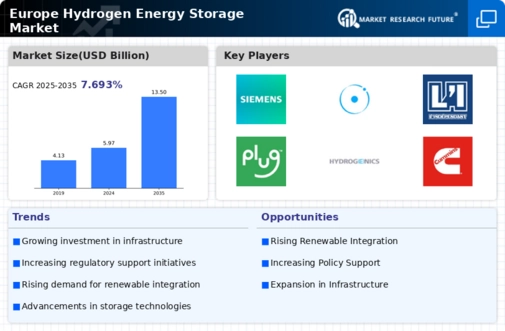
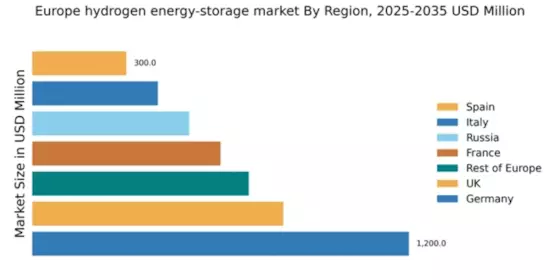


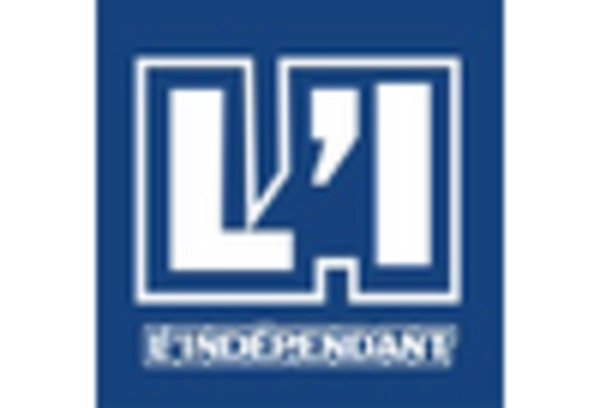

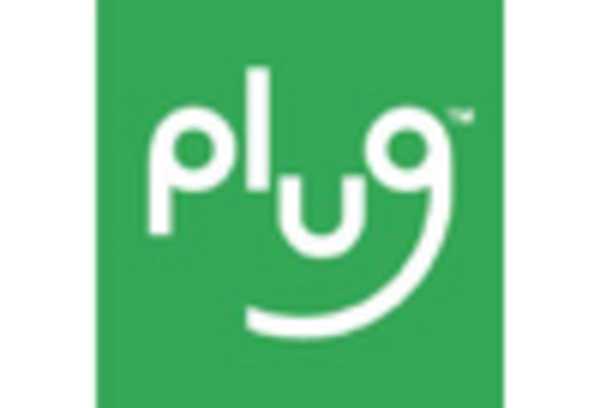
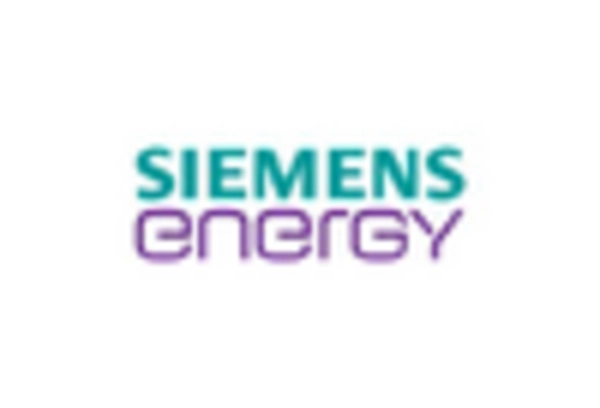








Leave a Comment